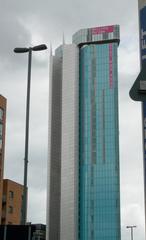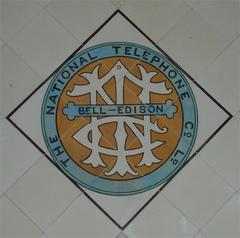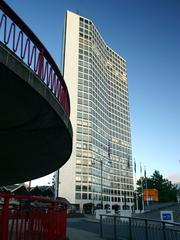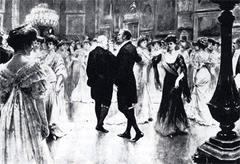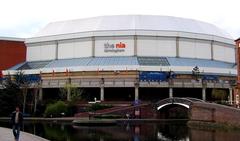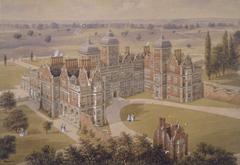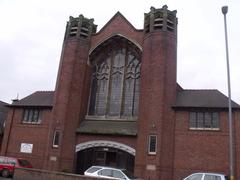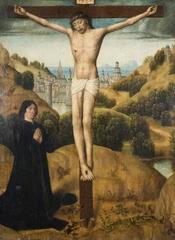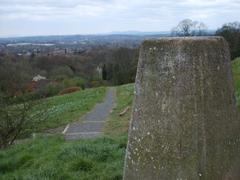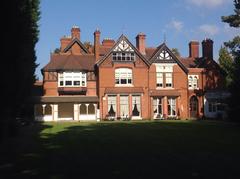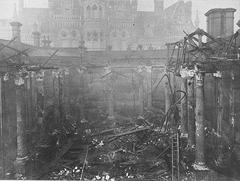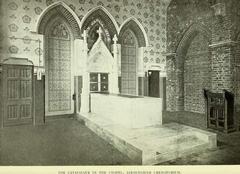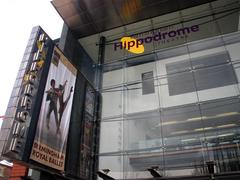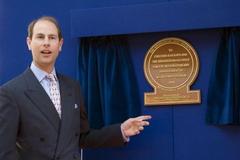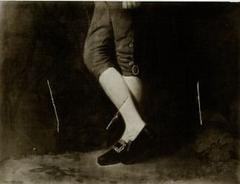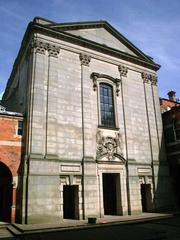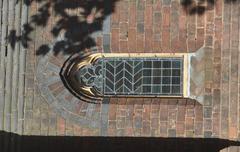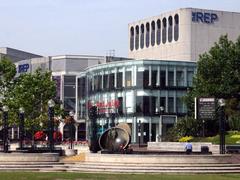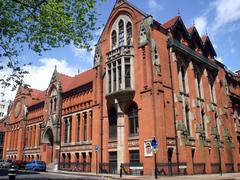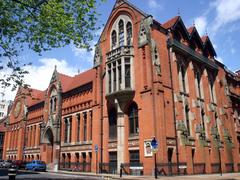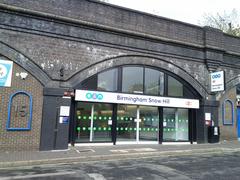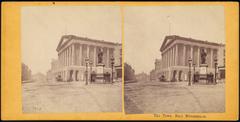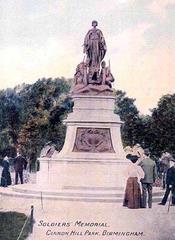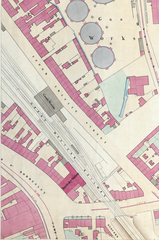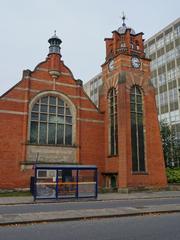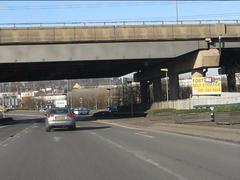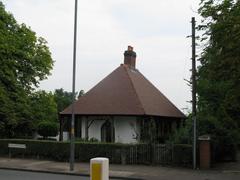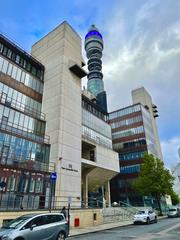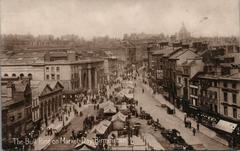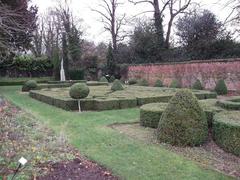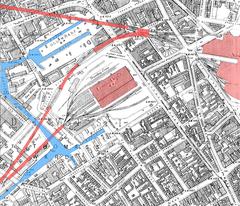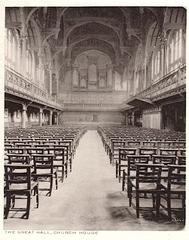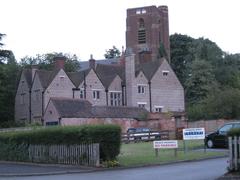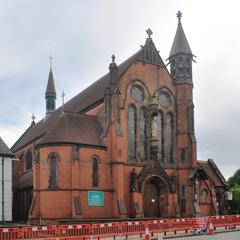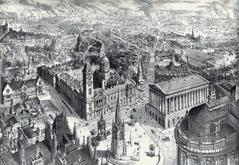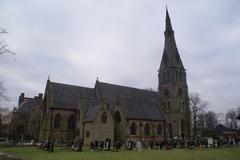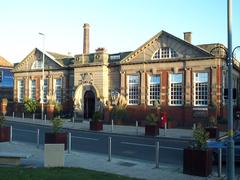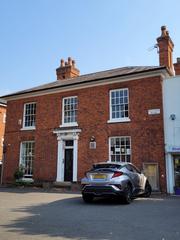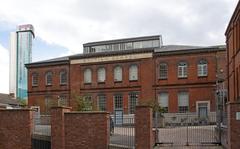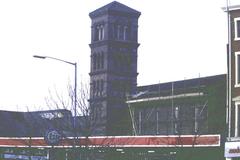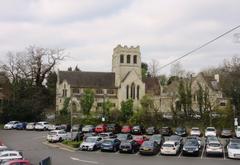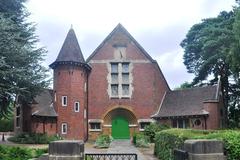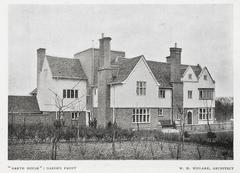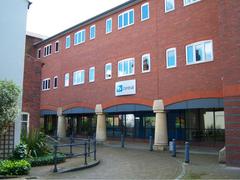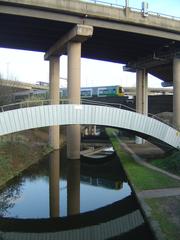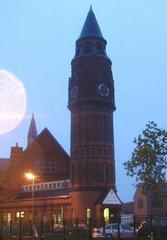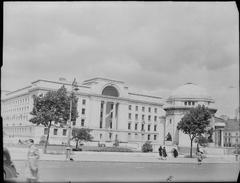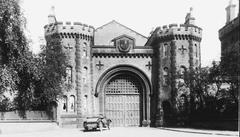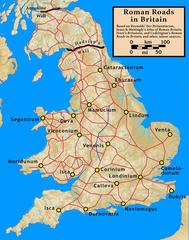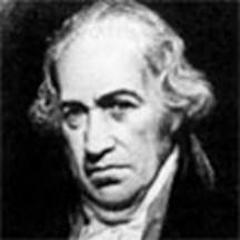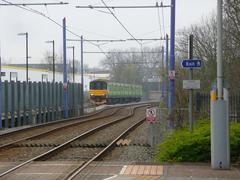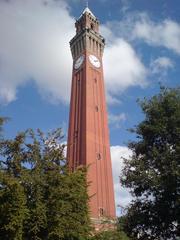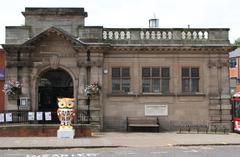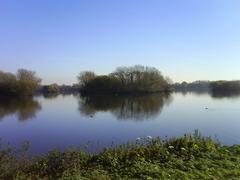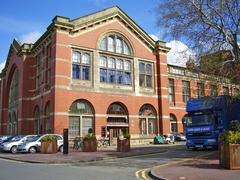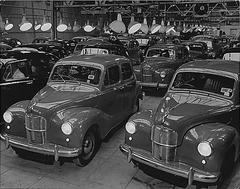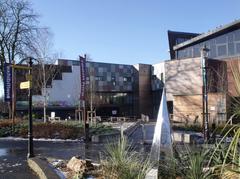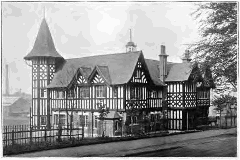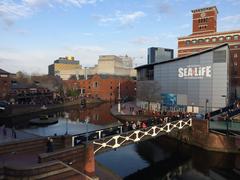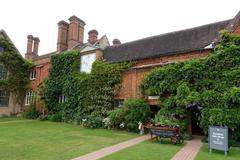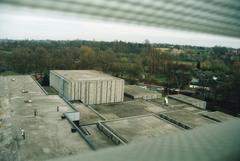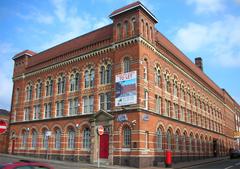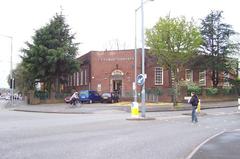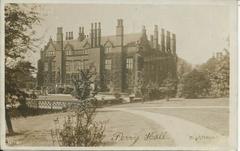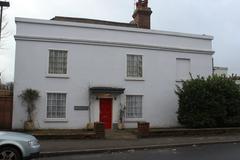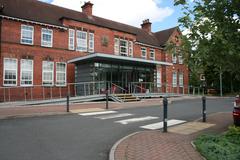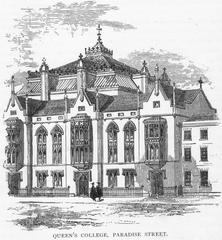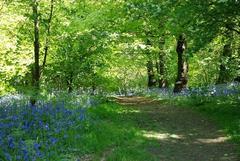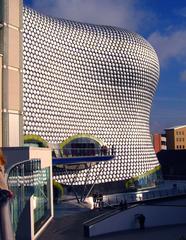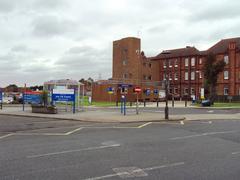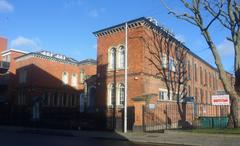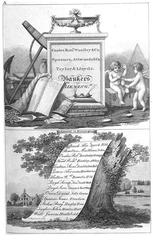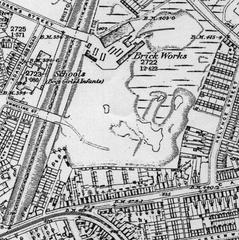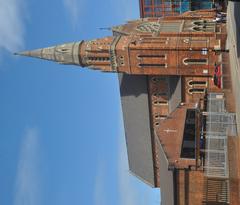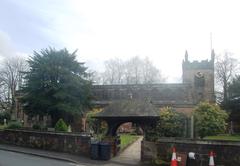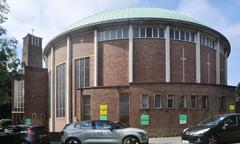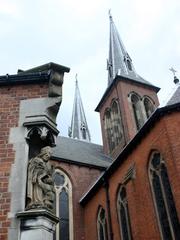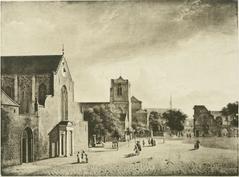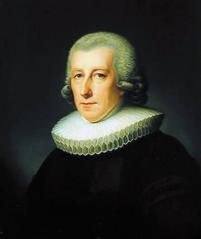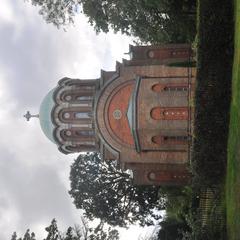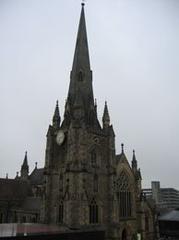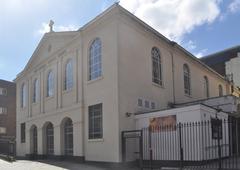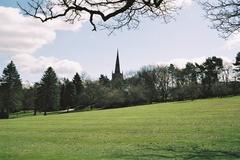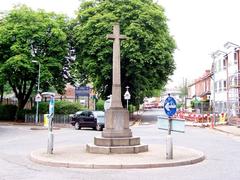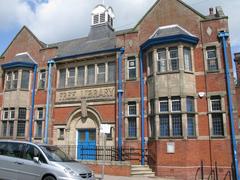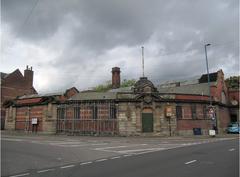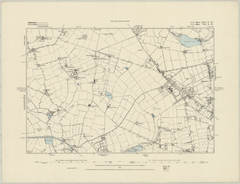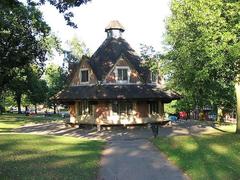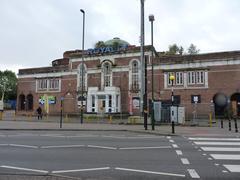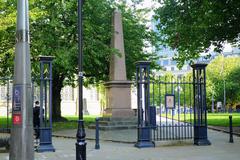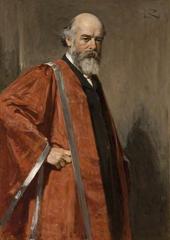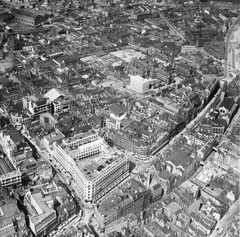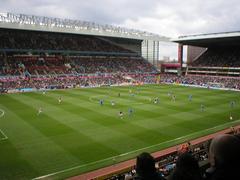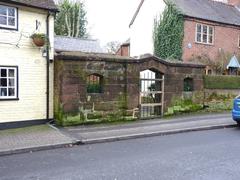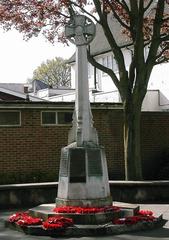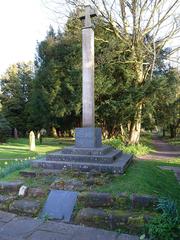Visiting Hours and Tickets for Sarehole Mill Museum in Birmingham
Date: 24/07/2024
Introduction
Sarehole Mill, located in Hall Green, Birmingham, is a captivating historical site that offers visitors an immersive experience into the city’s rich industrial and cultural past. This Grade II listed water mill, dating back to the 16th century, is more than just an architectural marvel; it is a testament to Birmingham’s transformation through the ages. From its early days grinding corn to its pivotal role in the Industrial Revolution under the stewardship of Matthew Boulton, Sarehole Mill has a multifaceted history that continues to intrigue and educate visitors (Wikipedia). For literary enthusiasts, the mill holds a special significance as a source of inspiration for J.R.R. Tolkien’s Middle-earth, making it a must-visit for fans of ‘The Hobbit’ and ‘The Lord of the Rings’ (Birmingham Museums). This comprehensive guide aims to provide all the essential information you need to plan your visit, including the mill’s historical background, visiting hours, ticket prices, and nearby attractions. Whether you’re a history buff, a Tolkien fan, or simply looking for a picturesque spot to spend an afternoon, Sarehole Mill offers a unique and enriching experience.
Table of Contents
- Introduction
- Historical Background
- Early Origins and Construction
- Industrial Revolution and Matthew Boulton
- 19th Century Developments
- Decline and Restoration
- 20th and 21st Century Revitalization
- Flood Damage and Ongoing Restoration
- Cultural Significance and J.R.R. Tolkien
- Matthew Boulton’s Legacy
- Preservation and Community Involvement
- Modern-Day Attractions
- Frequently Asked Questions (FAQ)
- Conclusion
- References
Historical Background
Early Origins and Construction
Sarehole Mill, a Grade II listed water mill, is situated on the River Cole in Hall Green, Birmingham, England. The mill’s origins date back to 1542, when it was initially constructed on the site of an earlier mill. Over the centuries, it has undergone several transformations and has been known by various names, including Bedell’s or Biddle’s Mill, after an early owner. By 1727, it was referred to as High Wheel Mill (Wikipedia).
Industrial Revolution and Matthew Boulton
One of the most significant periods in the mill’s history occurred during the mid-18th century when it was leased by Matthew Boulton, a prominent figure in the Industrial Revolution and a leading member of the Lunar Society. Boulton leased the mill from 1756 to 1761 and converted its machinery for metalworking purposes. During this time, the mill was used for producing sheet metal, which was essential for button manufacturing (Birmingham Museums).
19th Century Developments
The mill continued to evolve in the 19th century. In 1855, a steam engine was installed to supplement the water wheels, as the pond struggled to meet the increasing demand for power. This addition led to the construction of the mill’s distinctive chimney, which remains a notable feature of its silhouette today (Birmingham Museums).
Decline and Restoration
Sarehole Mill remained operational until 1919, after which it fell into disrepair and dereliction. The mill’s future was uncertain until a local community campaign successfully prevented its demolition. The campaign culminated in the mill’s restoration in 1969, preserving it as a historical and cultural landmark (Wikipedia).
20th and 21st Century Revitalization
In the early 21st century, Sarehole Mill underwent significant renovations to restore its functionality and historical integrity. In 2012 and 2013, a £375,000 overhaul was conducted, which included repairs to the roof, chimney, millpond, water wheel, and machinery. These efforts enabled the mill to produce flour once again. Additionally, a newly constructed outdoor bread oven was introduced, allowing for the baking of bread using flour ground on-site (Wikipedia).
Flood Damage and Ongoing Restoration
Despite the extensive renovations, the mill faced challenges in 2018 when flood damage rendered one of its waterwheels inoperable. Efforts are currently underway to restore the waterwheel to its former glory, ensuring that Sarehole Mill continues to function as a working water mill and a historical attraction (Birmingham Museums).
Cultural Significance and J.R.R. Tolkien
Sarehole Mill holds a special place in literary history due to its association with J.R.R. Tolkien, the renowned author of “The Hobbit” and “The Lord of the Rings” trilogy. Tolkien lived nearby during his childhood and spent considerable time exploring the mill and its surroundings. The idyllic rural setting of Sarehole Mill and its environs served as inspiration for the landscapes of Middle-earth in Tolkien’s works (Birmingham Museums).
Matthew Boulton’s Legacy
In addition to its literary connections, Sarehole Mill is also linked to another prominent Birmingham figure, Matthew Boulton. Boulton’s use of the mill for metalworking during the Industrial Revolution highlights its role in the region’s industrial heritage. The mill’s history of tool sharpening, wire drawing, and metal rolling underscores its versatility and importance in various trades (Birmingham Museums).
Preservation and Community Involvement
The preservation of Sarehole Mill has been a community-driven effort, with local volunteers playing a crucial role in its maintenance and operation. As of 2019, the mill had a dedicated team of 10 volunteer millers, 15 volunteer gardeners, and eight volunteer guides. These volunteers contribute to the mill’s ongoing functionality and ensure that visitors can experience its historical significance firsthand (Wikipedia).
Modern-Day Attractions
Opening Hours
Sarehole Mill is open to the public from Friday to Sunday, 11 am to 4 pm. Pre-booking is advised to ensure a smooth and enjoyable visit.
Ticket Prices
For more information on ticket prices, prospective visitors can refer to the Birmingham Museums website.
Location and Accessibility
The mill is located at Cole Bank Road, Birmingham, B13 0BD. For details on accessibility and visitor guidelines, check the Birmingham Museums website.
Special Events and Guided Tours
Sarehole Mill offers guided tours and hosts special events throughout the year. Check their official website for the latest updates.
Nearby Attractions
Visitors to Sarehole Mill can also explore nearby attractions like Moseley Bog and the Shire Country Park, which offer beautiful walking trails and more insights into Tolkien’s inspirations.
Photographic Spots
The mill and its surroundings provide picturesque settings perfect for photography. Don’t miss the Woodland Realm, a small area of forest with enchanting installations created by local sculptor Graham Jones.
Frequently Asked Questions (FAQ)
Q: What are Sarehole Mill’s visiting hours?
A: Sarehole Mill is open from Friday to Sunday, 11 am to 4 pm.
Q: How much do tickets cost?
A: For the latest ticket prices, please refer to the Birmingham Museums website.
Q: Where is Sarehole Mill located?
A: Sarehole Mill is located at Cole Bank Road, Birmingham, B13 0BD.
Q: Is Sarehole Mill accessible to visitors with disabilities?
A: For detailed information on accessibility, please visit the Birmingham Museums website.
Conclusion
Sarehole Mill stands as a multifaceted monument encapsulating Birmingham’s rich tapestry of industrial, cultural, and literary history. It offers a unique blend of historical significance, from its early origins in the 16th century to its role during the Industrial Revolution under Matthew Boulton’s guidance (Birmingham Museums). Its connection to J.R.R. Tolkien adds another layer of allure, drawing fans of Middle-earth from around the world to see the landscapes that inspired his legendary works (Wikipedia). The mill’s ongoing restoration efforts and community involvement ensure that it remains a cherished landmark for future generations. With its picturesque setting, engaging guided tours, and special events, Sarehole Mill offers a memorable and educational experience for all visitors. Plan your visit today and delve into the captivating world of Sarehole Mill.
References
- Sarehole Mill. (n.d.). In Wikipedia. Retrieved from https://en.wikipedia.org/wiki/Sarehole_Mill
- About Sarehole Mill. (n.d.). Birmingham Museums. Retrieved from https://www.birminghammuseums.org.uk/sarehole-mill/about
- Highlights of Sarehole Mill. (n.d.). Birmingham Museums. Retrieved from https://www.birminghammuseums.org.uk/sarehole-mill/highlights/the-mill
- Exploring Sarehole Mill. (n.d.). Time Out. Retrieved from https://www.timeout.com/birmingham/museums/sarehole-mill
- Public Transport Routes. (n.d.). West Midlands Network. Retrieved from https://www.wmnetwork.co.uk
- Educational Programs. (n.d.). Birmingham Museums Education. Retrieved from https://www.birminghammuseums.org.uk/education
- Sarehole Mill Contact Page. (n.d.). Birmingham Museums. Retrieved from https://www.birminghammuseums.org.uk/sarehole/contact
- Sarehole Mill Events. (n.d.). Birmingham Museums. Retrieved from https://www.birminghammuseums.org.uk/sarehole/whats-on
- Sarehole Mill Accessibility. (n.d.). Birmingham Museums. Retrieved from https://www.birminghammuseums.org.uk/accessibility
